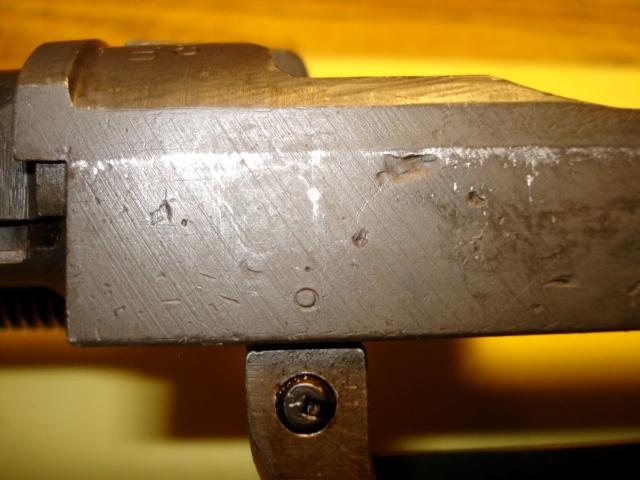Carbines were listed in the Critical list a few times.
IMO Inland wanted to show WRA they weren't going to be the warm up band. A healthy competition to speak. But there were other factors involved like previous contracts WRA was knee deep in.
While searching for something else today I ran across this picture of my WRA 1,030,621. Now IMO WRA didn't have the prettiest milling you'd find. Often showing vice scars, voids, pits etc.
I noticed this circular dimple above the trigger housing pin. Thinking about the thread...... Do you think this is a hard ness punch? Me ? IDK
Thread link: https://www.milsurps.com/showthread.php?t=38393
Picture from page 3:














 PM
PM

